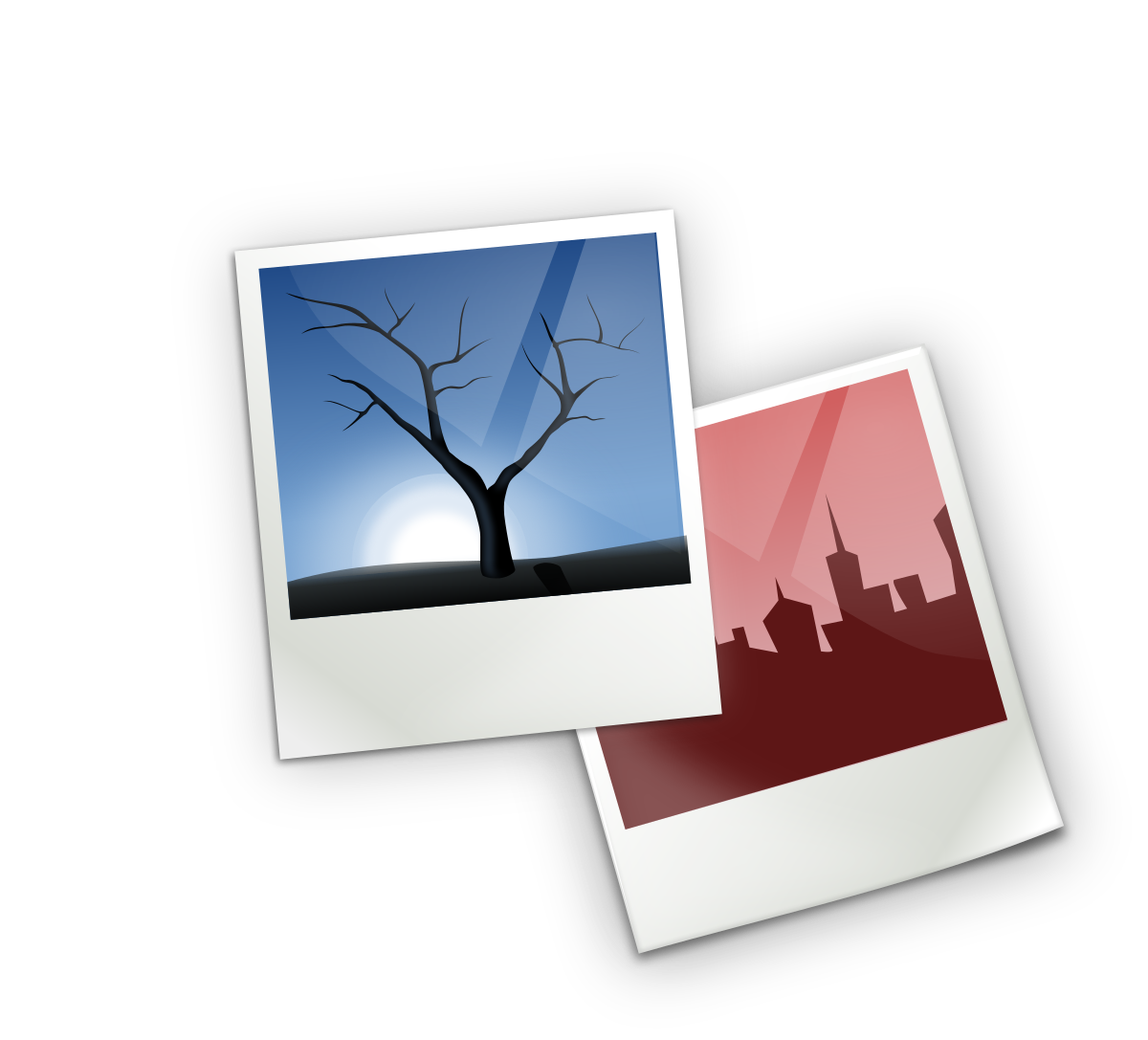Jim Olson
Well-known member
I have tried to do this before and it did not turn out at all but after many tries I think I got something close.
I did have to change it with Shotwell but I'm happy

View attachment 3689
I have tried to do this before and it did not turn out at all but after many tries I think I got something close.
I did have to change it with Shotwell but I'm happy
I use Linux OS so I have to find things that work for my system lolNow I know a new app for me, Shotwell!
What’s good about it?
Asher
I'm still new to the digital camera world and when I tried before all I got was a ball of bright light in the middle of a dark pictue.What was it that didn’t turn out at all, on previous attempts. Sharpness and details? Or exposure?
——-
I'm still new to the digital camera world and when I tried before all I got was a ball of bright light in the middle of a dark pictue.
Still learning
